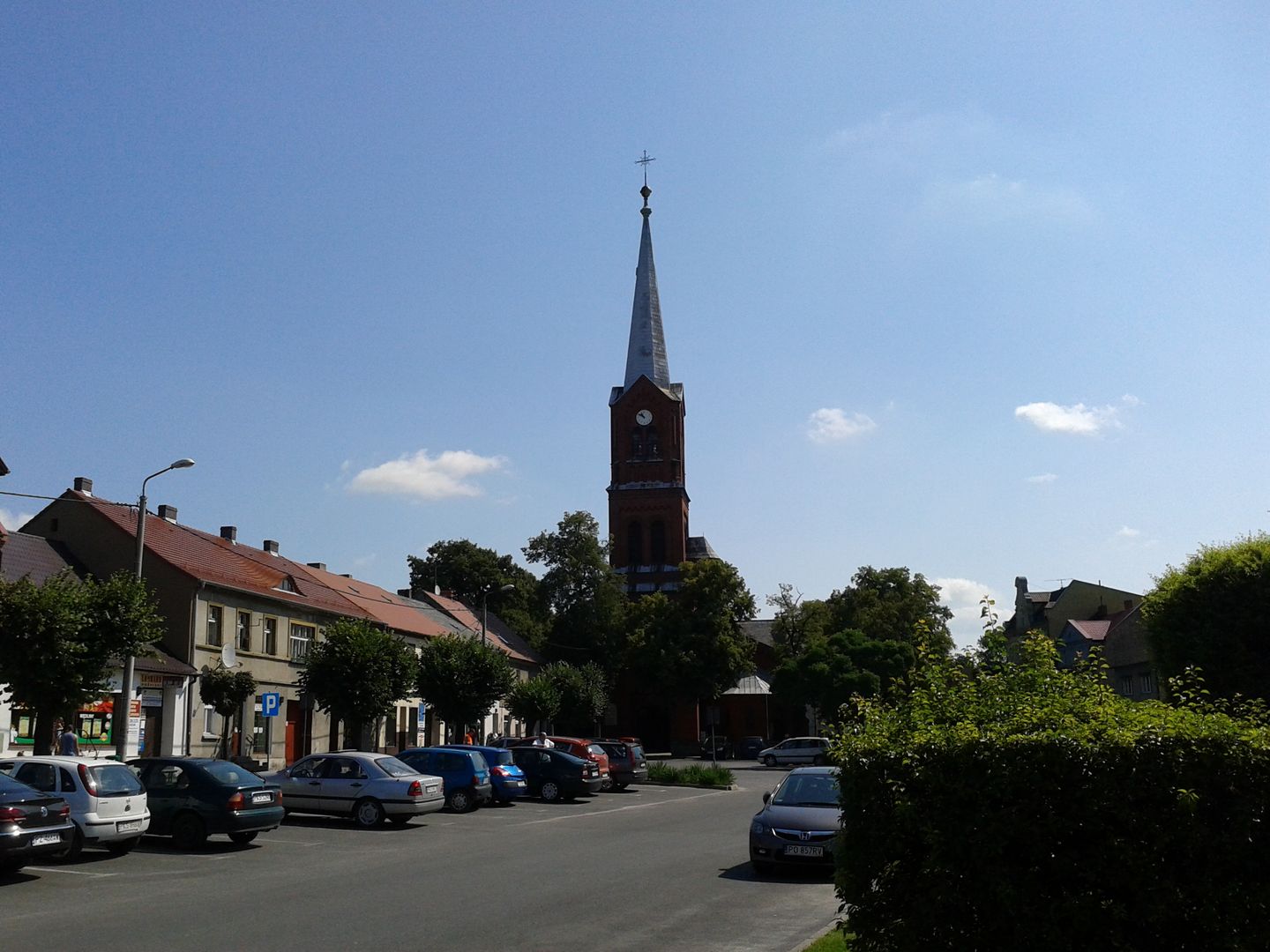Czempiń
6.88

Overview
Czempiń, formerly known as Piechnino, is a town in the Greater Poland Voivodeship with a rich history dating back to the 14th century, when it was granted town rights before 1399. The town features an 18th-century Baroque palace built by the Szołdrski family, boasting elaborate architectural details and surrounded by a landscaped park. The castle has been held by various noble families, from the Kiełczs to the Górkas and finally the Szołdrskis, illustrating the local heritage. Notable religious sites include the Baroque-Classical chapel of the Apostles Simon and Jude from 1782 and the Church of St. Michael the Archangel, constructed between 1895 and 1899. Czempiń was historically a market settlement, with town rights that allowed it to host fairs, contributing to the growth of local crafts and trade. During the interwar period of the Second Polish Republic, the town evolved into a service and commercial hub, and it was annexed into Nazi Germany during World War II. After the war, the town experienced rapid industrial development, with numerous manufacturing plants established, along with a research station of the Polish Hunting Association dedicated to breeding birds of prey. An interesting fact is the coat of arms of Czempiń, which features a tree trunk symbol, referencing local legends, and arrows symbolizing the town’s participation in the war against the Teutonic Knights. Since 2008, Czempiń has been twinned with Badacsonytomaj in Hungary, highlighting its international connections. The town is also known for its sports traditions, being home to the sports club Helios Czempiń, which has been active since 1922.
Location
2025 Wizytor | All Rights Reserved